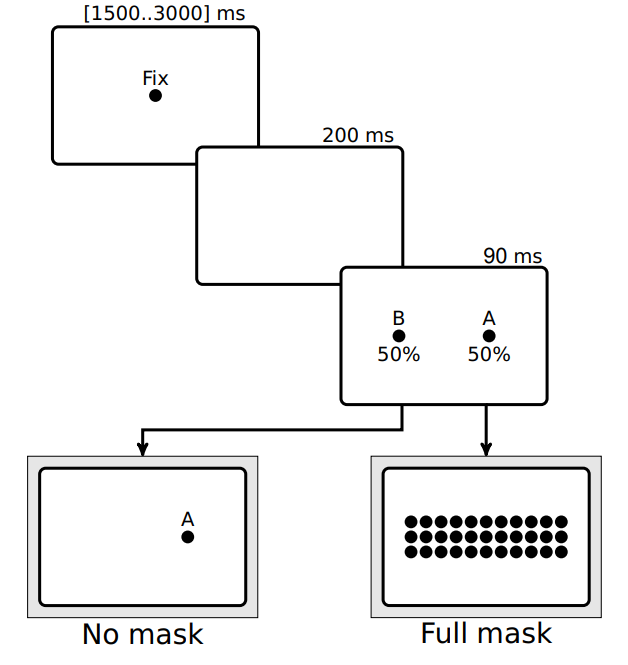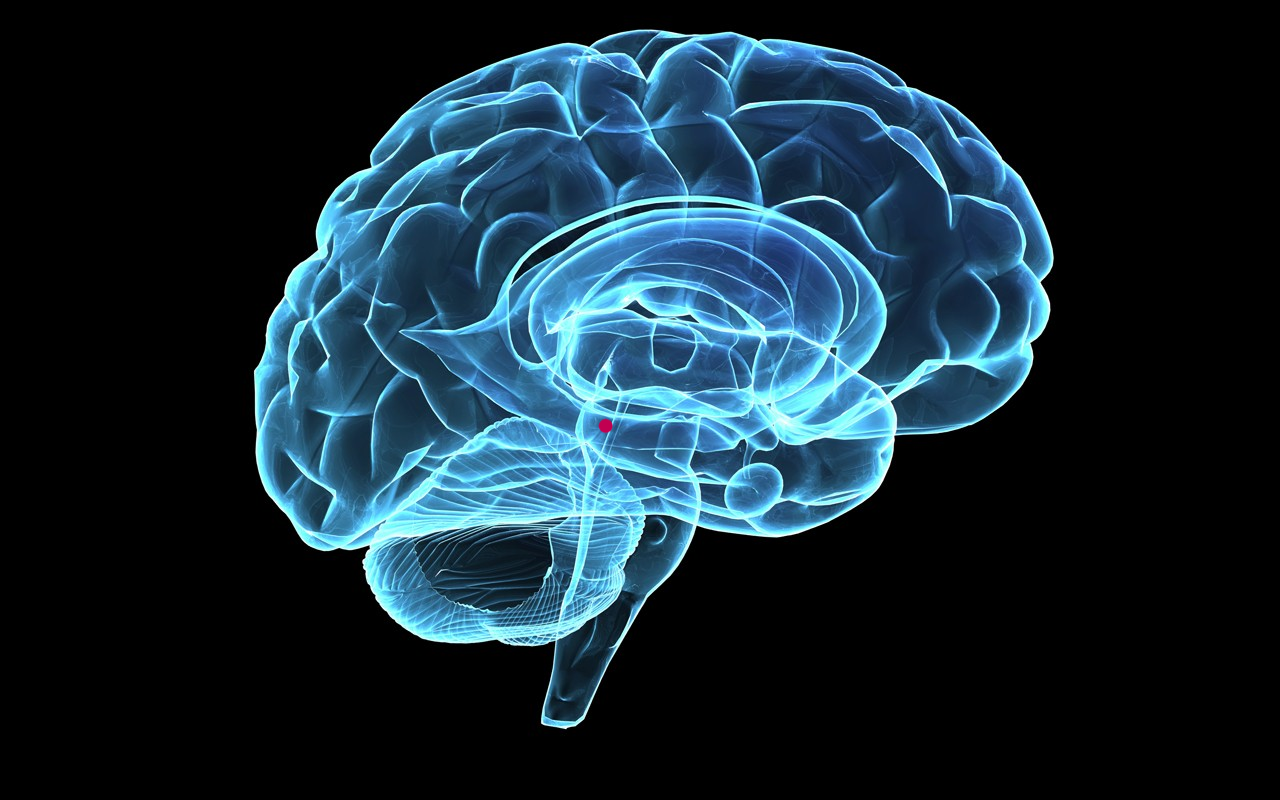Our team presented preliminary evidence for a test that holds the potential to become a reference test in the pre-clinical diagnosis of Parkinson’s Disease. While complementary studies are required to validate this assumption, we are thrilled to share this poster and provide more explanations below.
Parkinson’s Disease
A few facts about Parkinson’s Disease
- Parkinson’s Disease is the second most common neurodegenerative disorder, a debilitating disease estimated to affect close to 9 million individuals globally. [source]
- The disease is the result of a degeneration of the structures producing dopamine, the so-called messenger cells that help control many functions, of which movement and mood. The symptoms are common to various disorders. Diagnosis is therefore challenging, resulting in 25% patients receiving a wrong diagnosis. [source]
- Patients need an average of 13 months between the symptoms onset and the time they receive a diagnosis[source]. By that time, up to 65% of the neurons producing dopamine have already been lost. [source]
- There are nearly 200active trials testing different therapies [source].
How is it being diagnosed?
Its diagnosis is mainly clinical, i.e. the physicians assess the symptoms (such as tremor, rigidity, gait imbalance) and rank their evolution on different clinical rating scales.
Under certain circumstances, the diagnosis can be confirmed with imaging. In addition, a recent newly validated biomarker has been found in the cerebrospinal fluid, i.e. the fluid surrounding the brain and the spinal cord.
Can it be treated?
There is no cure yet. However, there are treatments alleviating the symptoms, both motor and non-motor. Moreover, there is growing evidence showing that intense exercise can slow down the progression of the disease [source].
Can it be identified earlier?
Several attempts exist to help diagnose Parkinson’s Disease before symptoms appear. This would allow to start treating the disease earlier, in the hope to slow, stop, or even reverse the disease progression before too much damage has happened.
- It is therefore crucial for patients to accelerate time to diagnosis.
A promising eye movements test
Eye movements
Scientists have studied eye movements for over 120 years. They managed to identify the so-called “oculomotor signature” of many areas of the brain. These eye movement behaviours have been studied in healthy subjects, in patients, and on animal models. In other words, by looking how the eyes move, we can locate parts of the brain which are not working as expected.
Saccades are quick movements of the eyes jumping between two targets. Among others, scientists look at the latency of the saccade, i.e. the time interval between the appearance of the target and the start of the eye movement towards this target. Practically, subjects are told to “look at the dot that will appear on a side”. When repeated several dozen times for a same subject, saccade latencies typically vary around one peak value in the range of 120-250 milliseconds.
The Mask-Induced Inhibition (MII)
In this poster, we further investigate the Mask-Induced Inhibition (MII). The mask is a grid of dots, filling the screen just 90 milliseconds after the target appears. (see Figure below) In the MII test, the instructions to the subject remain the same, yet the appearance of this mask disrupts the saccadic eye movement.

Figure 1 : Illustration of the Mask-Induced Inhibition test.
In some trials, a mask appears on the screen shortly after the target.
On a healthy subject, this mask provokes a distinction between two groups of saccades:
- The first group contains the saccades that were already decided before the appearance of the mask. These are unaffected.
- In the second group however, saccade latency is increased because the mask perturbed the decision mechanism involved to trigger a saccade. In other words, the start of these saccades is delayed by the appearance of the mask. This is the Mask-Induced Inhibition.

Figure 2 : The superior colliculus (SC) (located behind the red dot on the image) is responsible for orienting the attention towards a target of interest.
The Mask-Induced Inhibition test disturbs the attention mechanism in healthy subjects.
The effect called saccadic mask inhibition was known already on healthy subjects [source]. But its impact on patients had not been studied yet.
The preliminary evidence of this poster
This is the groundbreaking news of our poster. We show the case of one subject, out of 25 tested people, for whom the mask had no effect on the latency. For that subject, the saccades were not affected by the appearance of the mask. Five years later, this very individual was diagnosed with Parkinson’s Disease (PD)!
· PD affects the basal ganglia a group of brain structures linked together, handling complex processes that affect your ability to move, learn or even process emotions. Since the test failed on this patient, we understand that these basal ganglia could be involved in the saccadic mask inhibition.
· And since the patient was only diagnosed five years later, this indicates that the degradation of the basal ganglia could have a very early effect the MII test, years before the appearance of clinical symptoms.
The poster also shows that the effect of the mask could also be generated through two simple manual tasks that require a computer and headphones, opening the way for an even easier screening test.
What this could mean for patients
This preliminary evidence opens the perspective for a simple, non-invasive eye movements test, executed in less than 20 minutes, to help diagnose Parkinson’s Disease years before the visible symptoms. Pending the necessary confirmation on more patients, the «mask-induced inhibition» test holds the potential to become a reference test in pre-symptomatic PD diagnosis.
This opens great perspectives for patients, practitioners, caregivers and even the pharmaceutical industry:
· End the diagnostic wandering
· Address symptoms before they worsen
· Identify early candidates for clinical trials
Next steps
Over the next months, neuroClues will aim at replicating the findings on a higher number of control subjects and patients. The purpose of this upcoming study is to generate robust scientific and clinical data allowing neurologists to use such a MII test as a diagnostic tool in the next years.
Obviously, patients without symptoms don’t go and see a specialist. The widespread adoption of such screening tests lies in their ability to be integrated in the annual visit at the GP or the vision screening. Bringing these innovations to a wider range of patients is the driver of our passion at neuroClues. Are you interested in a conversation about the long-term potential of this preliminary evidence? Let’s be in touch.
And in any case, stay tuned for future developments!
Note
The poster shows two innovations developed in the company:
· The use of the oculomotor saccadic mask inhibition test on PD patients
· The extension of the saccadic mask inhibition test outside the realm of oculomotor testing
neuroClues® is a registered brand of P3Lab, currently under research and development phase. It will be available for sale when regulatory clearance is received.

